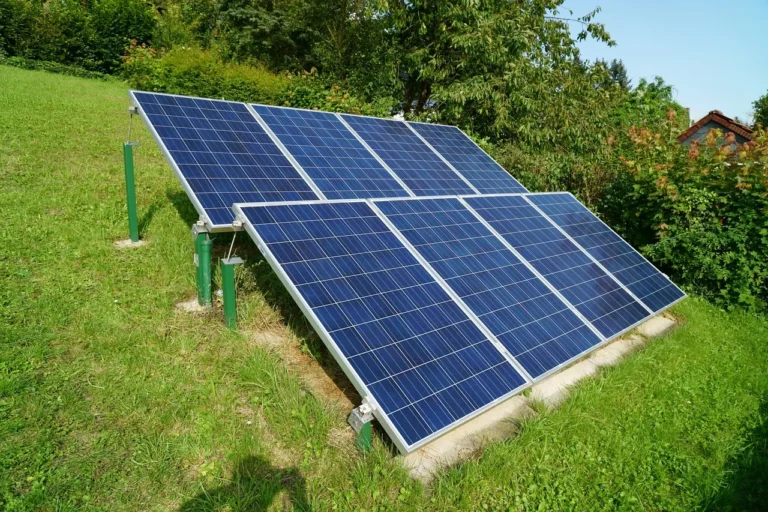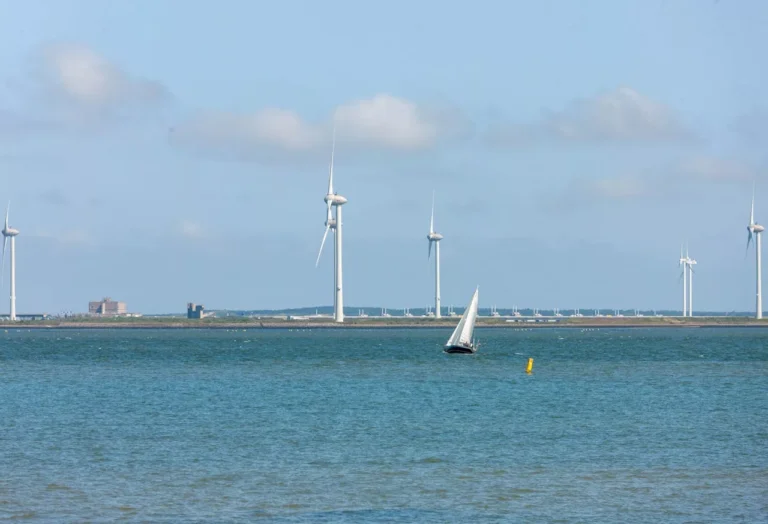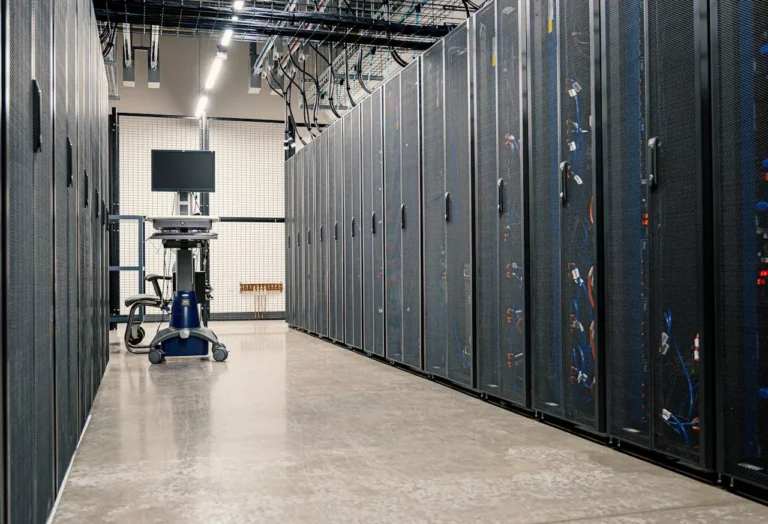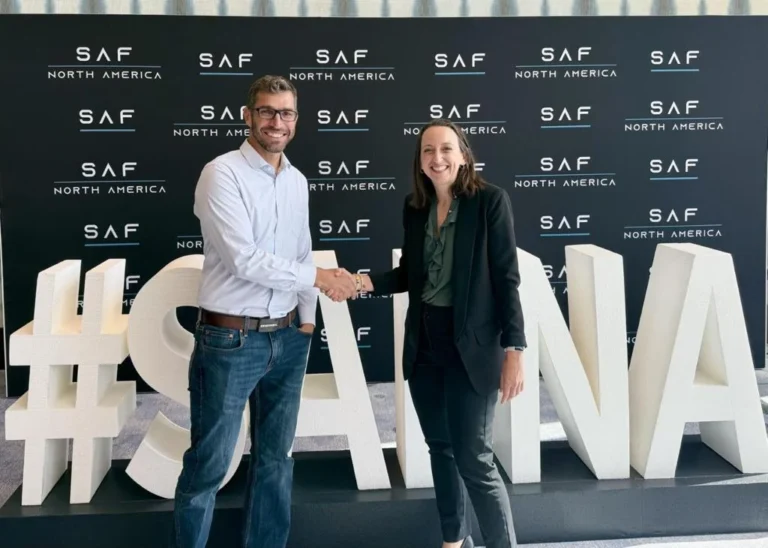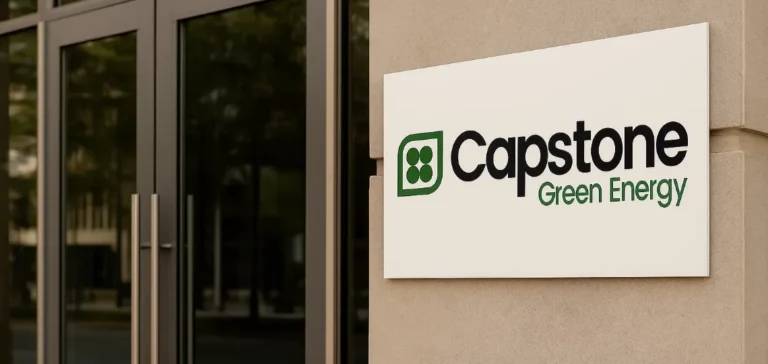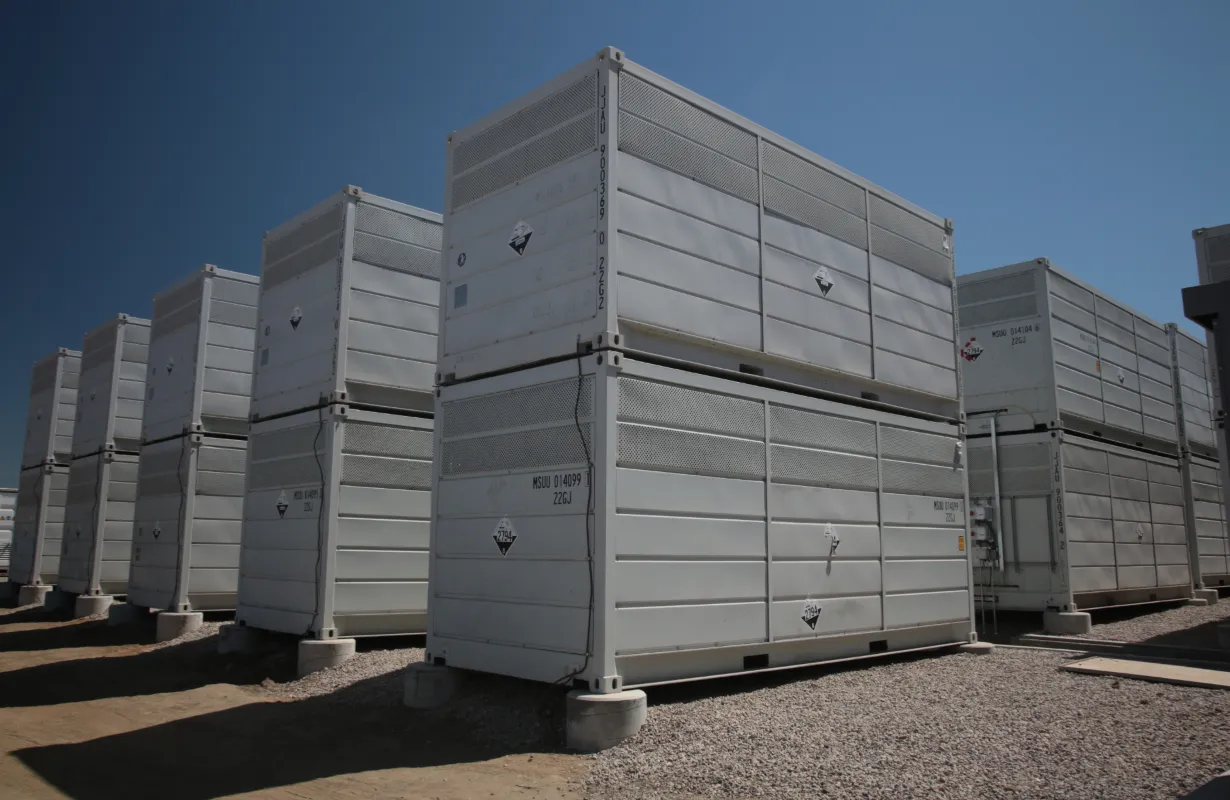
Storion Energy to Showcase Vanadium Flow Battery Technology at RE+ 2025
Storion Energy LLC, a leading manufacturer of advanced vanadium electrolyte and stack power assemblies, is set to highlight the benefits of vanadium redox flow battery (VRFB) technology at the RE+ 2025 conference, taking place September 8–11 at The Venetian Expo and Caesars Forum in Las Vegas. As one of the largest clean energy gatherings in North America, RE+ offers an important platform for companies at the forefront of renewable energy, storage, and grid solutions. For Storion Energy, the event represents a key opportunity to demonstrate how its innovative products and supply chain strategies can accelerate the adoption of long-duration energy storage (LDES).
Throughout the four-day conference, Storion Energy representatives will be available at Stryten Energy’s Booth #F18033, where they will showcase the company’s latest vanadium-based technologies and meet with industry leaders, developers, and stakeholders interested in sustainable, scalable storage solutions.
A Strategic Joint Venture for Energy Storage
Storion Energy is a joint venture between an affiliate of Stryten Energy LLC and Largo Clean Energy Corp., two companies with deep expertise in energy solutions and resource supply. The partnership was formed with a mission to remove barriers to entry for battery manufacturers by enabling them to source price-competitive, domestically produced components for flow batteries—an area that has historically faced cost and supply challenges.
At the core of Storion’s value proposition is its vertically integrated supply chain. By combining access to a stable, high-quality vanadium supply—sourced from the largest producing vanadium mine in the Western Hemisphere—with domestic electrolyte production capabilities, Storion has created a reliable and scalable foundation for VRFB deployment in North America. This integration ensures a secure, traceable, and cost-effective flow of essential materials, addressing one of the most pressing bottlenecks in the development of long-duration energy storage systems.
Why Vanadium Flow Batteries Matter
The global energy landscape is shifting rapidly. Renewable energy adoption is rising, but solar and wind generation remain intermittent, requiring advanced storage technologies to stabilize output and deliver reliable power to the grid. While lithium-ion batteries dominate much of the energy storage market, vanadium redox flow batteries are increasingly recognized for their unique advantages, particularly in utility-scale, long-duration applications.
VRFBs are known for their long lifespan, scalability, safety, and durability. Unlike lithium-ion, vanadium flow batteries do not degrade rapidly with cycling, meaning they can operate for decades with minimal loss of performance. They are also inherently safer, as they do not face the same fire and thermal runaway risks associated with lithium-based systems. This makes them particularly attractive for grid-scale storage, where resilience and safety are paramount.
Storion Energy is positioning itself as a key enabler of VRFB adoption in the United States by providing high-quality electrolyte and stack assemblies at competitive prices, helping to level the playing field against more entrenched storage technologies.
Addressing Energy Challenges with Innovation
According to Travis Torrey, Chief Technology Officer of Storion Energy, the company’s approach goes beyond manufacturing components—it is about solving systemic challenges in the energy sector.
“Rising energy demand, aging grid infrastructure, and fragile global supply chains are creating serious challenges for industries that depend on reliable power,” Torrey explained. “Storion’s innovative vanadium electrolyte leasing model removes a major cost barrier, accelerating the adoption of vanadium flow battery technology for utility-scale storage. This is a critical step toward building greater energy resilience for businesses and communities across the country.”
This leasing model is particularly significant. Traditionally, the upfront cost of vanadium electrolyte has been one of the biggest obstacles for VRFB adoption. By offering a leasing structure, Storion allows customers to reduce capital expenditure and adopt flow batteries with more flexible financial arrangements. This approach could help drive widespread adoption of VRFBs in markets that have struggled with high initial investment requirements.
Storion’s Participation at RE+ 2025
In addition to its booth presence, Storion Energy will play an active role in discussions about the future of renewable energy integration. On September 10 at 11 a.m., Torrey will join industry experts in the “Making Solar More Bankable” panel discussion hosted at the Stryten Energy booth.
This session will explore how energy storage technologies enhance the value proposition of solar power, transforming intermittent renewable generation into a grid-ready, financially viable solution. Key topics will include:
- How battery storage improves solar reliability and ensures consistent energy delivery.
- Ways to reduce the levelized cost of energy (LCOE) by pairing solar with storage.
- The role of storage in supporting corporate and municipal sustainability goals.
- Insights into regulatory changes affecting solar-plus-storage projects.
- The integration challenges faced by developers when adopting new storage technologies.
- The outlook for solar-plus-storage adoption amid growing demand from artificial intelligence (AI) data centers, electric vehicles (EVs), and electrification trends.
Alongside Torrey, the panel will feature Olivia Amyette of Infinite Energy Advisors, Dr. Vick Singh of Dragonfly Energy, and Scott Childers of Stryten Energy. Each panelist will bring a unique perspective on how storage technologies can unlock the true potential of renewable energy, particularly in markets where reliability and cost-effectiveness are key concerns.
The Bigger Picture: Building Energy Resilience
Storion’s focus on vanadium flow batteries is aligned with broader trends shaping the energy transition. As more utilities, industries, and governments set ambitious net-zero targets, the demand for long-duration energy storage is surging. Unlike short-duration solutions that can only stabilize grids for a few hours, VRFBs can store energy for up to 8–12 hours or more, making them vital for managing daily fluctuations and enabling higher renewable penetration.
Moreover, Storion’s strategy of domestic production directly supports U.S. energy independence. By reducing reliance on overseas supply chains for critical materials, Storion strengthens the resilience of North America’s clean energy infrastructure—a factor that is becoming increasingly important amid global geopolitical uncertainties and trade constraints.



